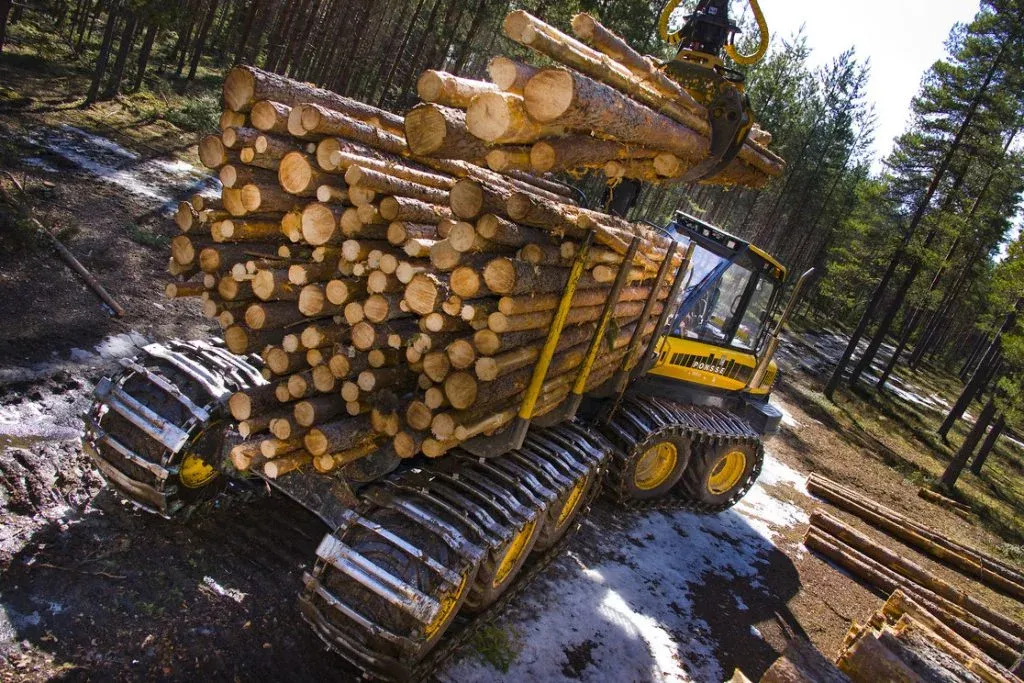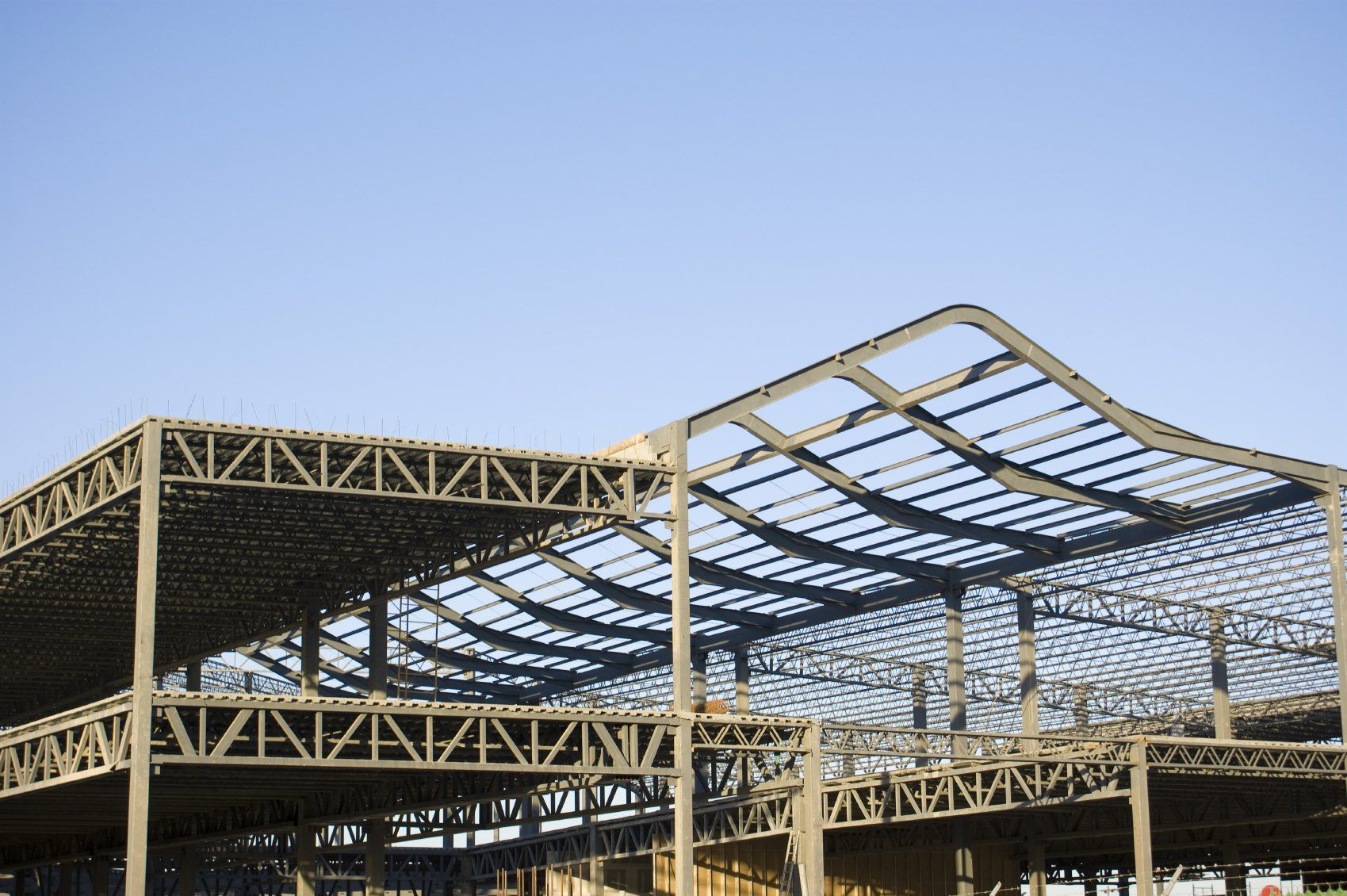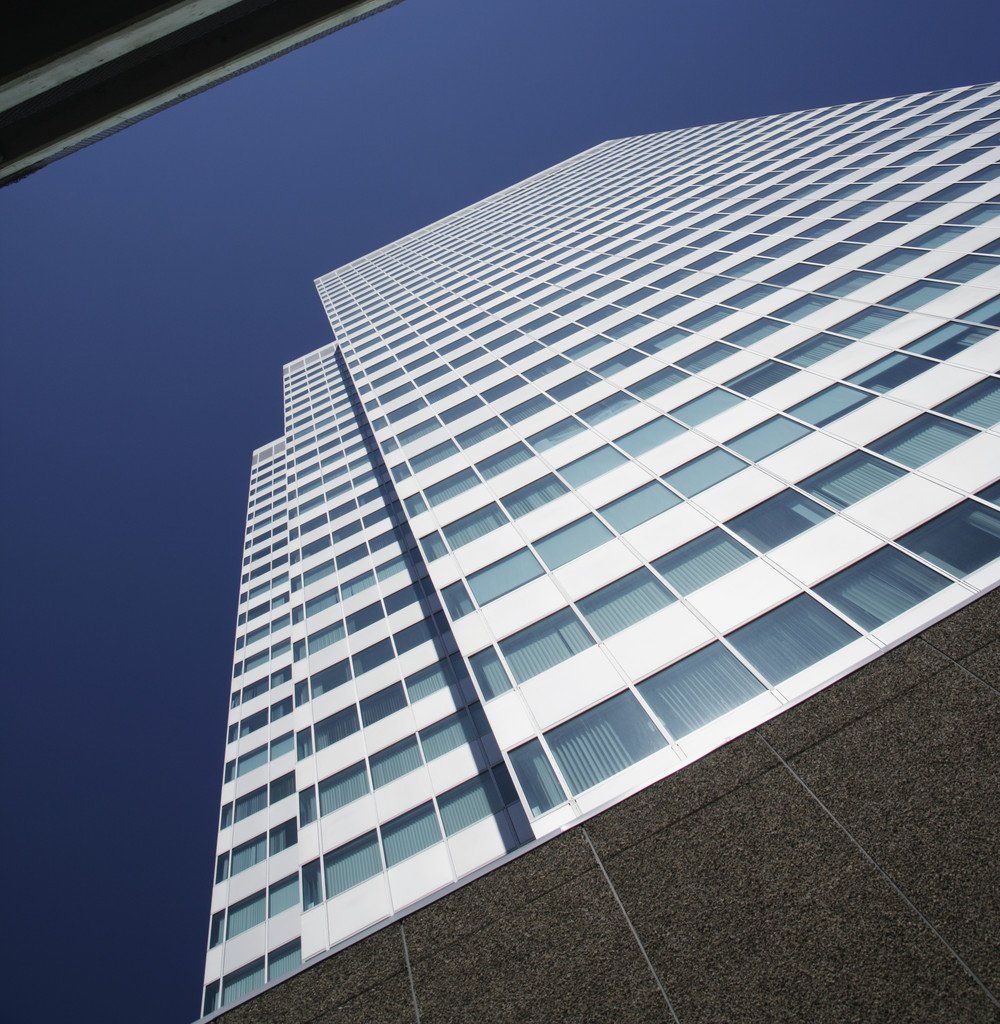Captured & Embodied Carbon
Rethinking timber in our homes
The two most commonly used building materials - concrete and steel, between them account for about 14% of global CO2 emissions. No surprise then that architects, planners and engineers are looking at timber as being the "third" most favoured building material where our minds turn with increasing urgency to cutting this worrying greenhouse gas. Why?
Challenge
Timber is one of our oldest building materials, amongst the oldest buildings found by archaeologists are timber log buildings, dating back to 3,500 years B.C - the ancestors (literally) of our log cabins, for thousands of years our homes, places of work, our villages, towns and cities were constructed largely from timber.
Come the Industrial Revolution and stronger building materials with known and measurable characteristics, brick, concrete and steel begin to take over from timber - allowing us to build faster, higher, more safely, leading to faster population growth and increasing urbanisation.
Value
Timber became a secondary building material, no longer used for structural reasons - steel and concrete dominating this sphere, even to this day, just look at London's skyline: The GPO Tower (completed in 1964). The Gherkin (completed in 2003) and The Shard (completed in 2012) these and the other 100 buildings in London topping 100 metres in height.
Concrete, steel and glass, creating the spectacular vista that London provides. Now, no-one is suggesting we can get timber buildings to top out at 100 m but there is a lot of untapped scope for buildings running to several storey's and certainly, for housing.
The problem is, that unlike timber, where you have forests serving as carbon sinks and trees that capture the carbon at felling throughout their useful lives, steel, concrete and glass have no such advantage. All in fact have high levels of "embodied carbon" - this is carbon that stems from extracting, transport, factories, processing, manufacturing, power.
Steel - Concrete - Glass
Cutting Emissions
Rethinking timber in our homes
Use of timber is seeing renewed interest, at least in major schemes because it is the only structural building material that is renewable, it is also overcoming staid and poor understanding of its qualities. In the Sky Building below, timbers merits will see this building run with below zero emissions due to the captured CO2 and savings in embodied carbon.
Our Homes
The average household in the UK contribute about 2.7 tonnes of CO2 to atmosphere each year. Revisions to Building Regulations will see this figure falling from 2021 by 30%, but this still means about 41 m tonnes of CO2 will be emitted every year, just from our homes and we need to build up to 345,000 homes a year.
Our biggest problem is that our thinking over the last 40 years or so has been targetted to improving the thermal efficiency of our homes - which is great for reducing the need for heating, but it is now resulting in overheating in the summer! And, with UK temperatures having risen by 0.9 degrees over the last 20 years this could become a real problem.
This approach and the need for so many homes, has fostered a whole range of solutions from the building sector, using Off-Site Manufacture and Modular Homes - factory built homes, all they have done is to make the problem worse, more insulation, using a greater number of components in the build process, increasing the embodied CO2 (the total energy required to create the product) and using products that have no possibility to capture carbon and which, at the end of their lives, create greater problems with disposal and recycling.
Playing our Part
Rather than trying to provide a more complete picture here on just how Ritsu timber buildings can become a small part of the solution insofar as satisfying your own concerns about the impact of your desire to create a home, holiday let or office that has the least impact on CO2 emissions, we have produced a more detailed document that delivers more detail on just some of the ways a Ritsu log building can accomplish this - if you have read this far, then this is guaranteed to be of interest.
Simply click on the image below.














